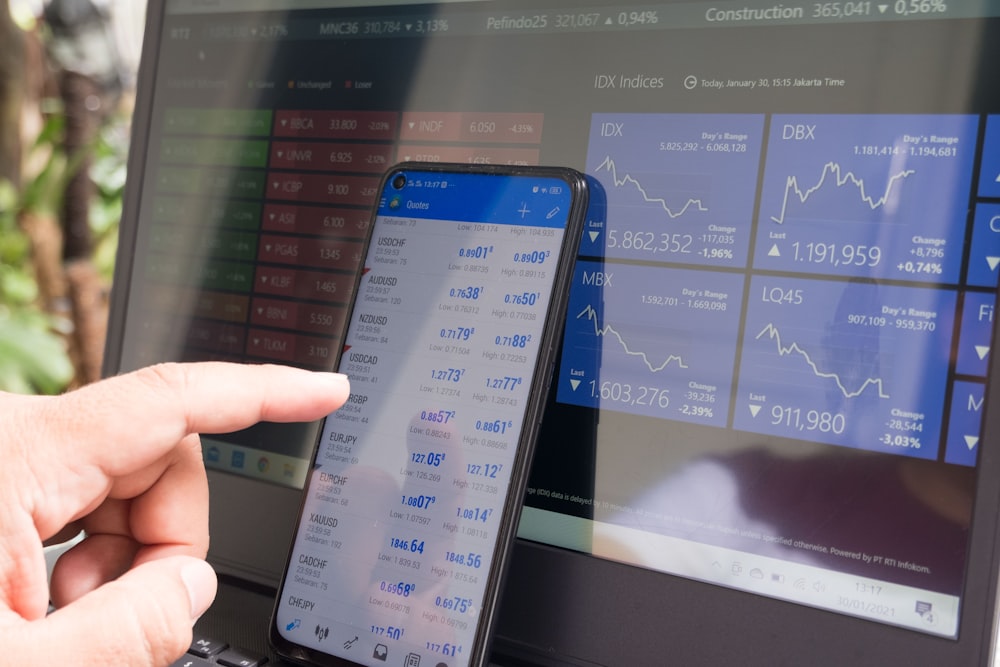Celebrating 30 Years Of The S&P Composite 1500
Image Source: Unsplash
Launched on May 18, 1995, the S&P Composite 1500® (the S&P 1500™) celebrated its 30th anniversary yesterday. Designed for investors looking to replicate the performance of the U.S. equity market or to benchmark against a representative universe of tradeable stocks, the S&P 1500 combines the S&P 500®, S&P MidCap 400® and S&P SmallCap 600® indices in proportion to their free-float market capitalizations. Exhibit 1 shows that the S&P 1500 covered more than 95% of the U.S. equity market’s USD 53.7 trillion float market capitalization—as measured by the S&P Total Market Index—at the end of April 2025.

Despite majority representation from large-cap companies—S&P 500 companies accounted for USD 47.2 trillion of the S&P 1500’s USD 51.1 trillion index market capitalization at the end of April, and an average of 89% of the S&P 1500’s weight at the end of each year between 1995 and 2024—market participants may have found it beneficial to incorporate smaller U.S. equity size segments.
Indeed, mid- and small-cap U.S. equities have distinct characteristics and market participants risk overlooking a sizeable portion of the global equity opportunity set by ignoring them: smaller U.S. size segments are as large as some countries’ entire equity markets. Exhibit 2 shows that the S&P 1500 benefited from its exposure to smaller size segments, slightly outperforming the S&P 500 over the past 30 years.

An important observation about the S&P 1500 is that is it not simply the largest 1500 U.S.-domiciled companies since index additions must meet various criteria. Exhibit 3 summarizes many of the criteria that are outlined in the S&P U.S. Indices Methodology. For example—and unlike many other U.S. equity indices—the S&P 1500 and its component indices utilize an earnings screen whereby new additions must have a history of positive earnings before they can be considered eligible for addition to the S&P 500, S&P 400® or S&P 600®.

One way to see the impact of the S&P 1500’s index construction is to compare the characteristics of S&P 1500 stocks with “Extra 1500” stocks. The latter group consists of the largest 1,500 U.S. stocks that were not members of the S&P 1500 at the end of April 2025. Exhibit 4 points to the S&P 1500 being an efficient measure of the U.S. equity market: the S&P 1500 avoided many of the less liquid, lower priced and lower quality stocks in the “Extra 1500.”

The S&P 1500 Index’s 30th anniversary offers a chance to reflect on its performance, characteristics and potential applications. Here’s to the next 30 years!
More By This Author:
A Tale Of Two Markets
Fundamental Weighting For Long-Term Outperformance And Enhanced Diversification: The S&P 500 Revenue-Weighted Index
A Diversified Strategy For The 21st Century
The posts on this blog are opinions, not advice. Please read our Disclaimers.




